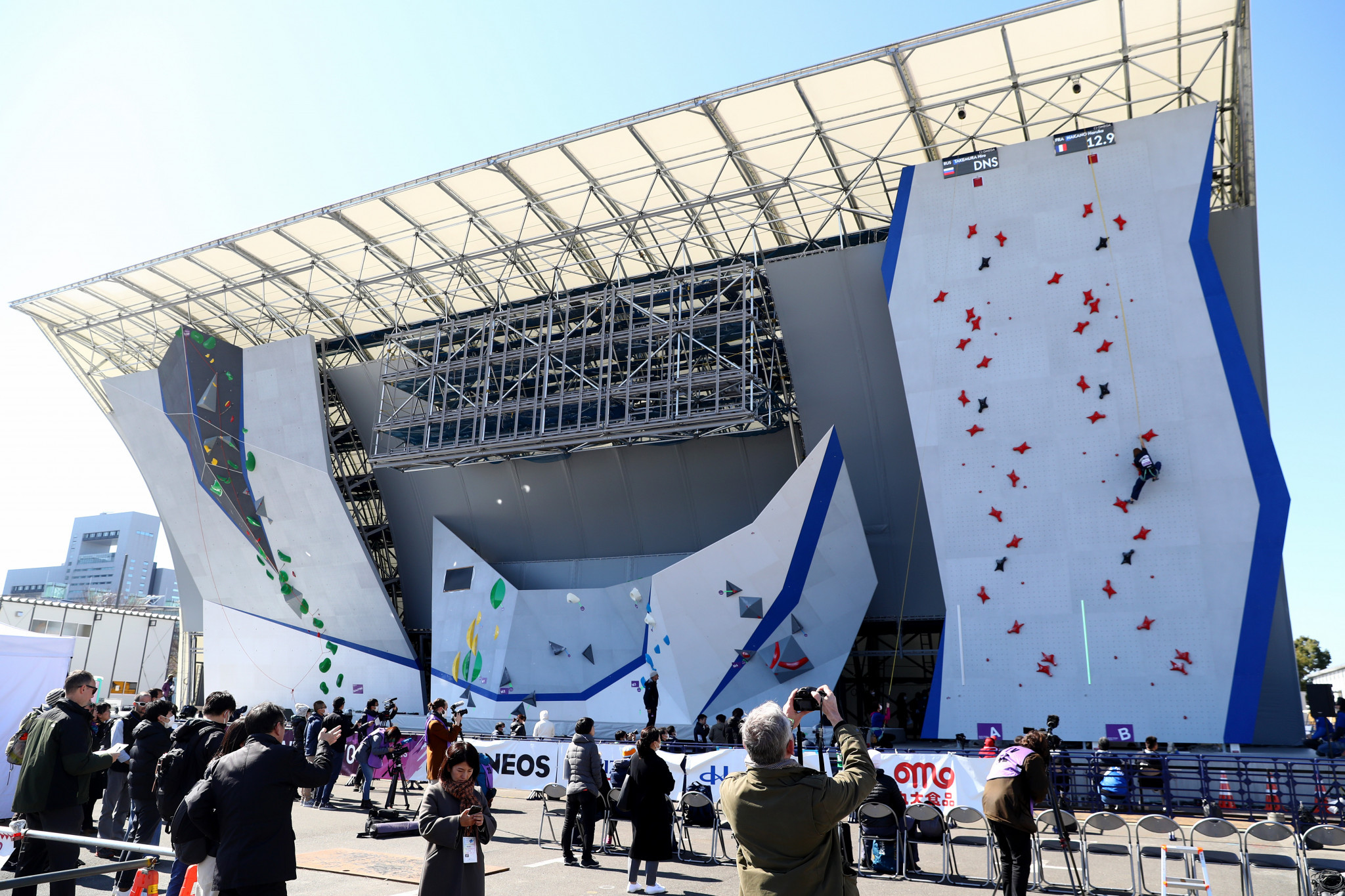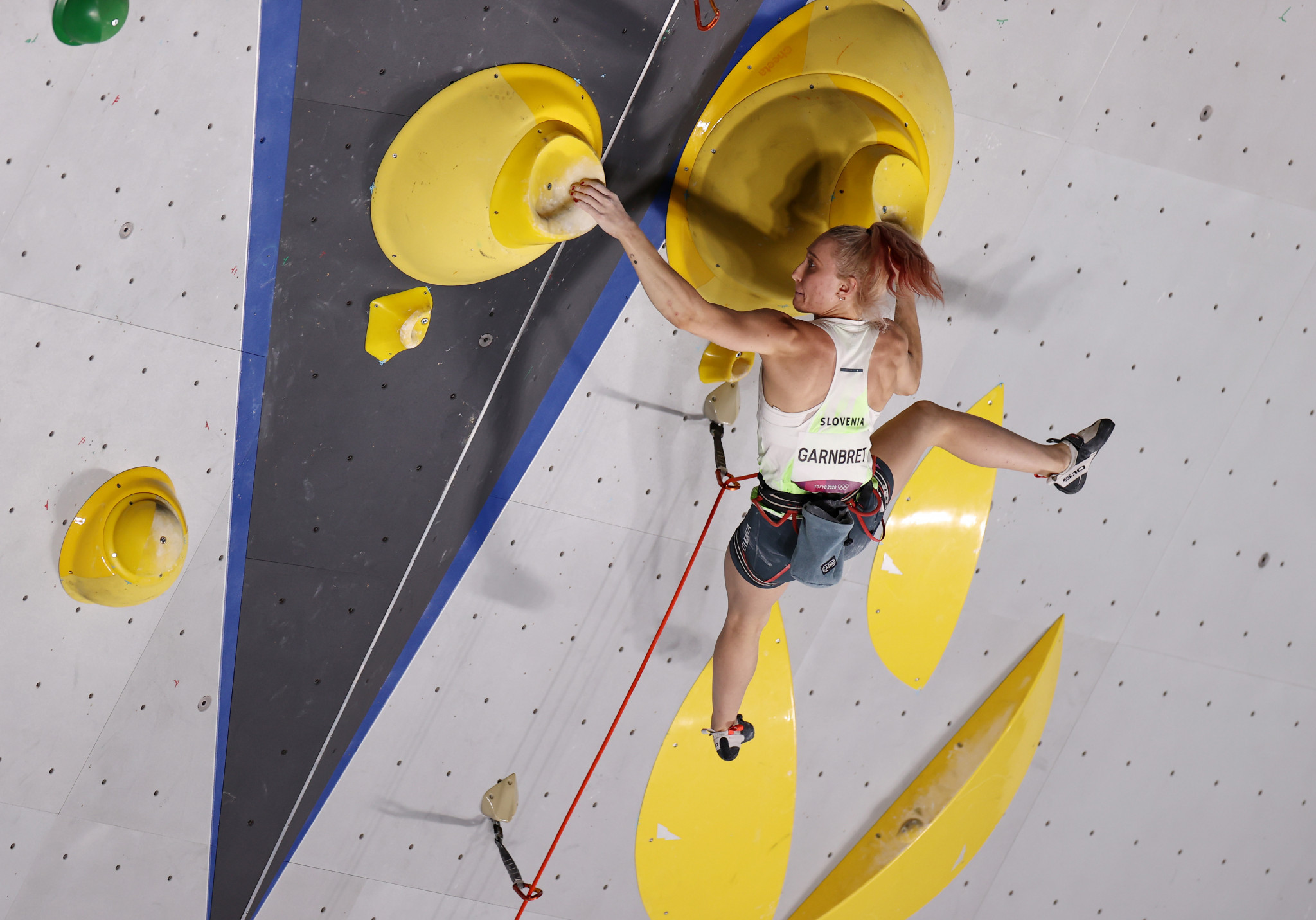The Rise of Sport Climbing in the Olympics: Sport Climbing Combined Olympics Live

Sport climbing, a thrilling and physically demanding activity, has experienced a meteoric rise in popularity, culminating in its inclusion as an Olympic sport at the 2020 Tokyo Games. This inclusion marked a significant milestone, catapulting sport climbing into the global spotlight and sparking a surge in participation and interest.
The History of Sport Climbing and Its Inclusion in the Olympics
Sport climbing has its roots in the 1980s, evolving from traditional rock climbing. It involves scaling artificial climbing walls, testing climbers’ strength, endurance, and agility. While initially a niche activity, sport climbing gained traction throughout the 1990s and 2000s, with the establishment of dedicated climbing gyms and the development of international competitions. The International Federation of Sport Climbing (IFSC) was founded in 1991, and its efforts to standardize rules and promote the sport paved the way for its Olympic recognition. The inclusion of sport climbing in the 2020 Tokyo Olympics was a testament to its growing popularity and its appeal as a dynamic and exciting spectator sport.
The Impact of the Olympics on the Popularity and Growth of Sport Climbing, Sport climbing combined olympics live
The 2020 Tokyo Olympics had a profound impact on sport climbing, generating significant media attention and boosting its popularity worldwide. The Games introduced sport climbing to a vast audience, inspiring a new generation of climbers and fueling a surge in participation. This surge was reflected in the increased demand for climbing gyms, equipment, and training programs. The Olympic spotlight also spurred investment in the sport, with climbing organizations and sponsors recognizing its potential for growth. The success of the sport at the Olympics has solidified its position as a mainstream activity and a promising future for the sport.
The Different Disciplines of Sport Climbing
Sport climbing encompasses three distinct disciplines: lead climbing, bouldering, and speed climbing. Each discipline presents unique challenges and demands specific skill sets.
Lead Climbing
Lead climbing involves ascending a tall wall, typically 15 meters or higher, using ropes and safety equipment. Climbers ascend the wall, placing protective gear along the route, and securing themselves to the rope. The goal is to reach the top of the wall without falling. Lead climbing emphasizes technical skill, strength, and endurance.
Bouldering
Bouldering is a form of climbing that takes place on shorter walls, typically 4-5 meters high. Climbers ascend the wall without ropes or harnesses, relying on their strength and agility to complete the route. Bouldering is known for its focus on power, problem-solving, and dynamic movements.
Speed Climbing
Speed climbing is a fast-paced discipline that emphasizes speed and agility. Climbers race against the clock to ascend a 15-meter wall, using pre-set routes. The goal is to reach the top as quickly as possible. Speed climbing requires explosive power, quick reflexes, and a high level of technical proficiency.
The Thrill of Live Competition

Watching sport climbing competitions live is an adrenaline-pumping experience. The intensity of the competition, the sheer athleticism of the climbers, and the unpredictable nature of the sport create a truly electrifying atmosphere. It’s a spectacle that combines raw power, grace, and mental fortitude, making it a captivating event for spectators of all ages.
Judging Criteria and Scoring System
The judging criteria and scoring system in Olympic sport climbing are designed to assess climbers’ performance across three disciplines: speed, boulder, and lead.
- Speed: Climbers race against the clock to reach the top of a standardized wall. The fastest climber wins.
- Boulder: Climbers attempt a series of challenging boulder problems, each with a specific set of holds and moves. The climber who completes the most problems within a set time limit wins.
- Lead: Climbers ascend a tall, challenging route, attempting to reach the highest point possible within a set time limit. The climber who reaches the highest point wins.
The final score is calculated by combining the rankings from each discipline, making it a truly multifaceted competition.
Strategies and Techniques Employed by Top Climbers
Top climbers utilize a range of strategies and techniques to excel in each discipline.
- Speed: Climbers focus on explosive power, efficient movement, and precise footwork. They often train with specialized speed walls to develop their speed and agility.
- Boulder: Climbers prioritize problem-solving skills, creativity, and technical proficiency. They rely on their ability to analyze routes, identify key holds, and execute challenging moves.
- Lead: Climbers emphasize endurance, stamina, and mental focus. They need to maintain their strength and concentration over long routes, while also managing risk and adapting to challenging terrain.
The strategies and techniques used by top climbers are constantly evolving, pushing the boundaries of the sport and inspiring a new generation of climbers.
The Future of Sport Climbing in the Olympics

Sport climbing’s inclusion in the 2020 Tokyo Olympics marked a pivotal moment for the sport, catapulting it onto the global stage. With its growing popularity and a dedicated fan base, the future of sport climbing in the Olympic Games looks bright.
Evolution of Competition Format and Disciplines
The current Olympic format combines three disciplines: lead climbing, bouldering, and speed climbing. This format showcases the diverse skills required for sport climbing, but it also presents challenges for athletes who may excel in one discipline but not others. Future Olympic Games could see adjustments to the format, including:
- Weighting of disciplines: Adjusting the points awarded for each discipline to give greater emphasis to specific areas of the sport, such as lead climbing or bouldering, depending on the desired focus of the competition.
- New disciplines: Introducing new disciplines, such as speed climbing relays or combined lead/bouldering events, to add excitement and further showcase the athleticism of climbers.
- Hybrid formats: Combining elements from different disciplines into unique challenges, requiring athletes to demonstrate a broader range of skills.
Sport climbing combined olympics live – Watching the sport climbing combined event live is an exhilarating experience, but you can also delve deeper into the intricacies of the sport through online resources. Google’s impact on the sport climbing combined Olympics is undeniable, as it provides a platform for information, analysis, and even live streaming of the events.
sport climbing combined olympics google is a great place to start your research and learn more about the athletes, techniques, and history of this exciting discipline.
The thrill of watching the sport climbing combined Olympics live is unmatched, and you can enhance the experience by enjoying authentic Indian snacks and drinks. To find the perfect Indian store near you, check out this guide for a list of local options.
After all, a taste of India can make the experience of watching the sport climbing combined Olympics even more enjoyable.